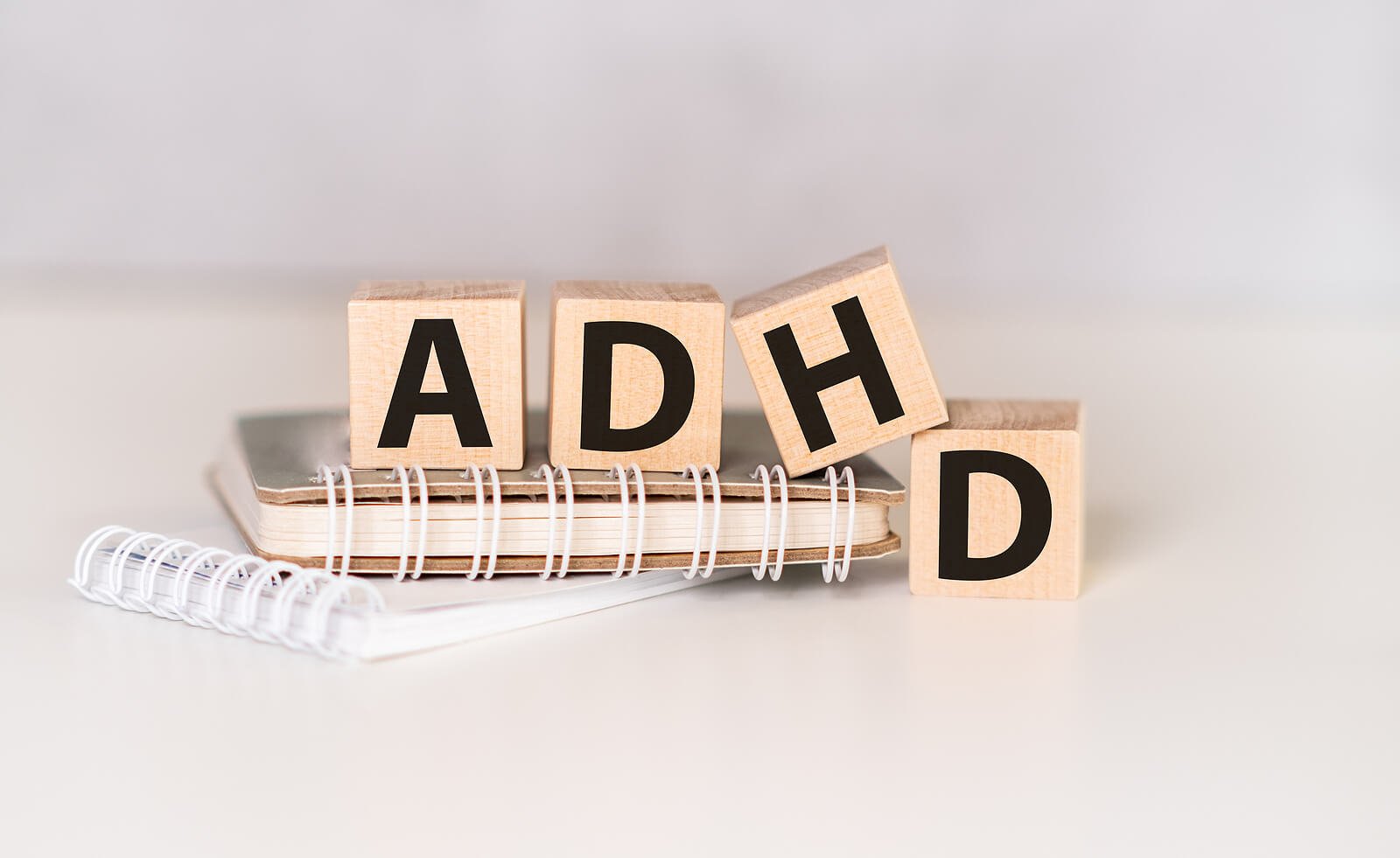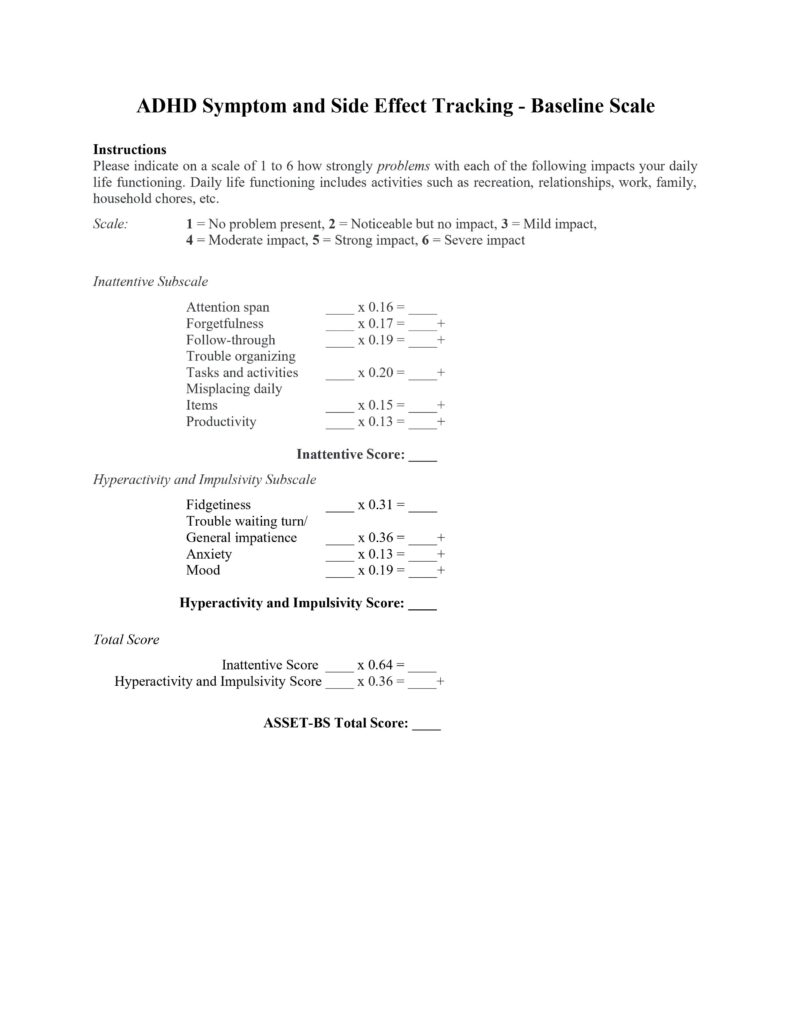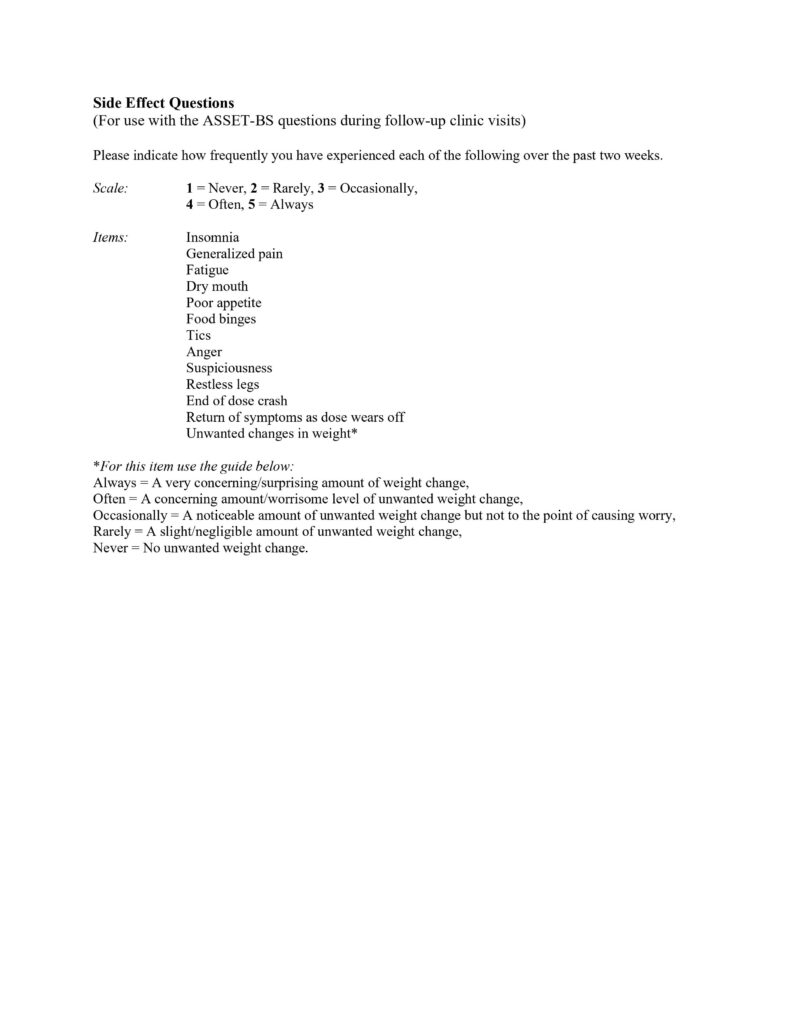Ever since researchers identified ADHD, it has been a challenge to diagnose accurately, but a new test might change that. The signs and symptoms of ADHD can look like many different mental illnesses. These include major depression, bipolar disorder, and childhood behavior disorders like oppositional defiant disorder and conduct disorder.
Several helpful tools exist that doctors and therapists use to diagnose ADHD. However, these tests focus on different aspects of the disorder, so people usually use several together to make an accurate diagnosis. Unfortunately, this doesn’t work well when time is limited, such as in a psychiatric emergency. That’s where the new ADHD test comes in.
What is the ASSET-BS test for ADHD?
The test this new research developed is an updated, modern take on a 20-year old tool called the “ADHD Symptom and Side Effect Tracking” (ASSET). Researchers borrowed items from this tool and used them to create a new survey. The goal was to make something that could be used in a short amount of time as a screener when people first appear for psychiatric care. The test also has a second part that helps monitor for side effects from common ADHD medications. They called this new test the “ASSET-BS”.
This test looks at a wide variety of ADHD signs and symptoms that could point to the presence of ADHD. These cover two categories, inattention and hyperactivity/impulsivity. Inattention includes attention span, forgetfulness, follow-through, organizing tasks, misplacing possessions, and productivity. Hyperactivity/impulsivity includes the tendency to fidget, impatience, anxiety, and mood.
Patients taking this ADHD test are asked to rate in a 6-point range how problems in these areas negatively affected their daily lives. The scores for each of these symptoms are weighted differently, then added to get the totals for each of the two subcategories. Those together give a total score with “1” meaning no issues and “6” meaning symptoms are severely impacting the person’s daily life.
Why is this new ADHD test so important?
The current standards for screening for ADHD are the Adult ADHD Quality of Life Scale and the ADHD-Rating Scales. Both of these are over 20 years old and have plenty of research affirming their accuracy and reliability. The first is a self-report questionnaire designed to measure the quality of life in adults with ADHD. The second are a set of tests that can help diagnose ADHD and track treatment progress.
Though these are both good resources, they both have draw backs. The Adult ADHD Quality of Life Scale is 29 questions, making it 3 times as long as the ASSET-BS. Additionally, the ADHD-Rating Scales need to be administered by a doctor. This new research suggests that the ASSET-BS could work just as well as these in identifying ADHD. Future research will try to validate whether it can track peoples’ responses to treatment as well. The creators of the ASSET-BS hope that it can take the place of these other tests in some situations to save time and resources.
Try the test out for yourself:


 Learn
Learn Get News
Get News Find Help
Find Help


 Share
Share
 Share
Share
 Share
Share
 Share
Share



